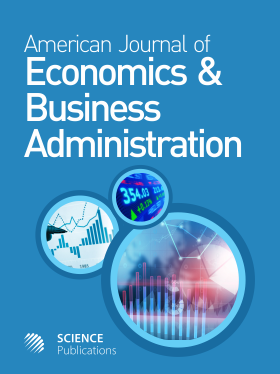Efficiency in the California Real Estate Labor Market
- 1 University of San Diego, United States
Abstract
Problem statement: This research explores the extent of market efficiency in the real estate labor market. Given a common commission rate, areas with high average home prices will generate higher agent income per home sold. If markets are efficient with few barriers to entry, additional agents per capita would be expected in high-priced areas, but each home sale would represent a larger portion of an agent’s annual income so a risk premium should be present. Approach: Agent earnings and the number of homes sold were examined in selected California counties. The data provides details on over 200,000 transactions, for nearly 47,000 different real estate agents and brokers, with usable data for 477 distinct zip codes. Results: Results show that regions with a higher median home price have a greater number of parttime real estate agents and an increased number of agents per capita. Conclusion: There are fewer average commission events per agent in areas with higher housing prices, but a higher level of total commission earnings per agent to compensate for the added income risk per completed transaction.
DOI: https://doi.org/10.3844/ajebasp.2011.589.595

- 5,447 Views
- 3,737 Downloads
- 0 Citations
Download
Keywords
- Labor market
- real estate agents
- housing market
- market equilibrium
- risk premium
- annual earnings
- market efficiency
